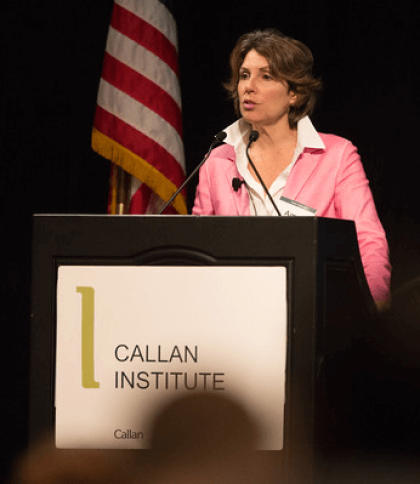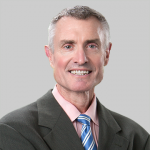Callan’s 37th annual National Conference in January drew a range of high-profile speakers who touched on a diverse slate of topics in their talks for the more than 500 attendees, which included plan fiduciaries, chief investment officers, and investment managers.
This post and others (previous post here) will recap their views on key economic and geopolitical issues.
Author and economic adviser Dr. Pippa Malmgren discussed the implications of the massive debt burden faced by the world’s industrialized countries, one that she argued cannot be repaid and will be addressed by inflation. She explained that emerging market investors like China, which had been buying government bonds to support that debt, now know that.
As a result, China has adopted a strategy of shedding sovereign debt and using the money to purchase real assets outside the country as part of its so-called “One Belt, One Road” strategy, to develop infrastructure in key countries along its trade routes. That accomplishes two goals: giving the country access to strategic goods while also creating an outlet for domestically produced construction materials and its excess labor force to build these projects.
Amy Myers Jaffe, a widely recognized expert on the global energy industry and executive director for Energy and Sustainability at UC Davis, discussed the future of the oil markets, arguing that demand for the commodity will continue to shrink and lower its expected price. In fact, she argued that a “supply hole” expected in the next several years will not occur. That’s because more disciplined capital spending by the major oil companies will create additional output, bolstered by production from projects already in the works, such as the shale development in the Permian Basin.

She also pointed out that the supply of oil affects far more investors than just those exposed to commodities. The high-yield debt market, for instance, has significant exposure to the energy industry, with more than $30 billion in these bonds coming due in the next three years. And banks are big lenders to the energy industry. Investors need to think of energy assets as less of a diversifier to fixed income and equities than they once did, since the correlation between energy and the other two asset classes has increased.
In addition, because of what she called an incorrect assumption that oil prices will rise, investors need to readjust their return expectations, time horizon, and exit strategy for assets tied to the energy sector.

